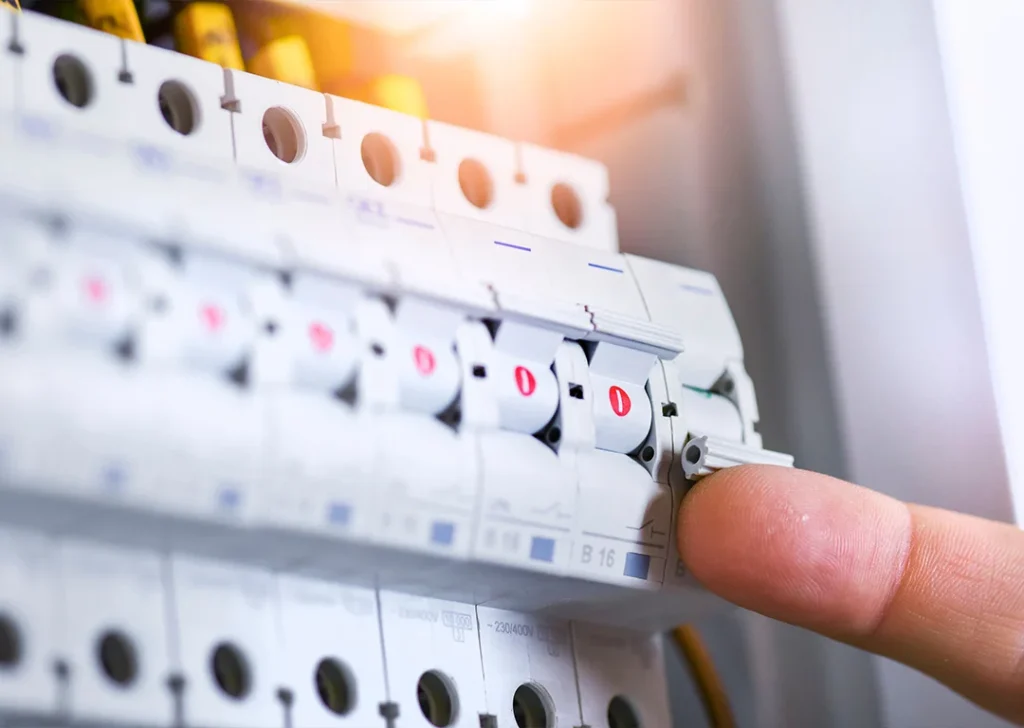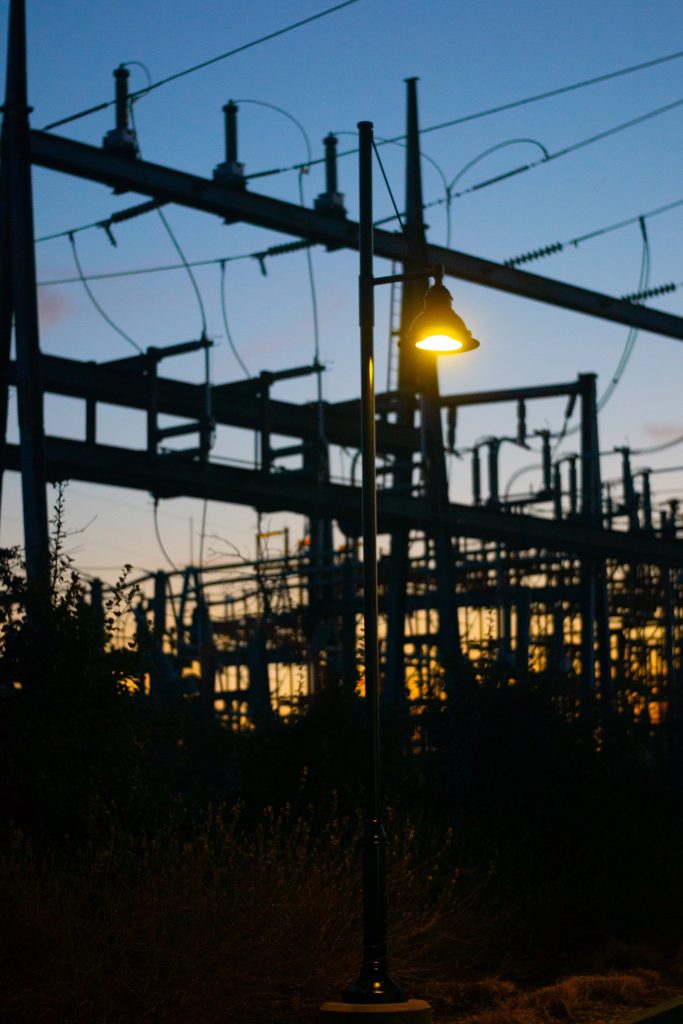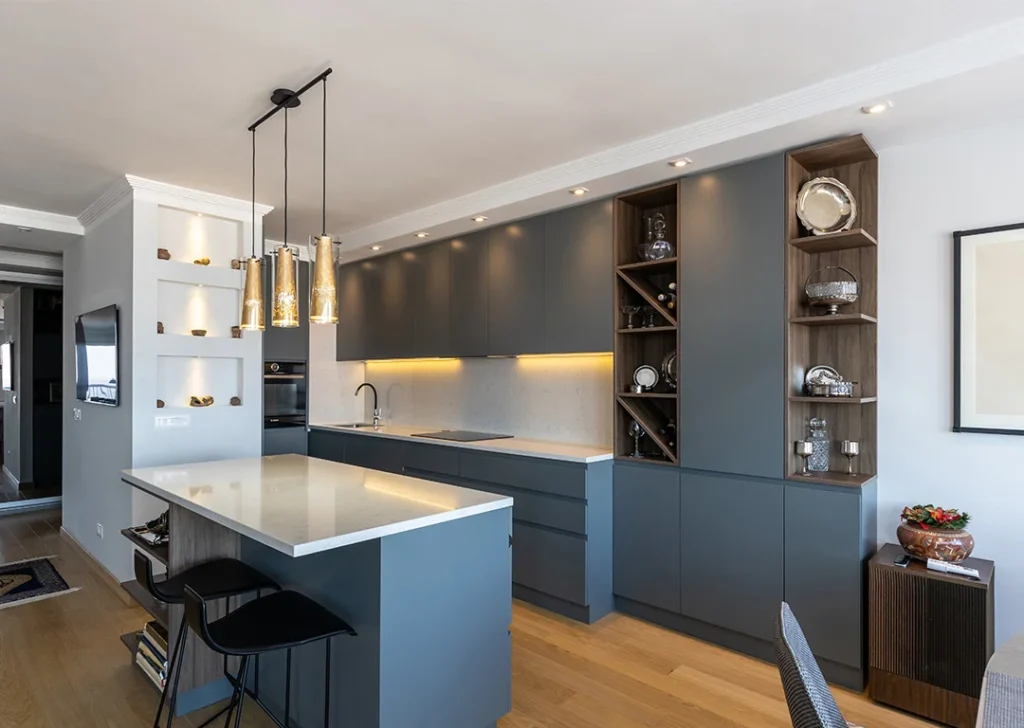Sydney Rental Safety Switch Regulations: Ensuring Tenant Safety
In Sydney, ensuring the safety of rental properties is a top priority for landlords and property managers. One crucial aspect of this is the installation and maintenance of safety switches. Here’s what you need to know about Sydney rental safety switch regulations:

- What Are Safety Switches? Safety switches, also known as residual current devices (RCDs), are designed to protect occupants from electric shock and fire hazards by quickly cutting off the electrical supply when a fault is detected. They are essential for preventing electrical accidents and ensuring a safe living environment.
- Landlord Responsibilities Landlords and property managers are responsible for ensuring that safety switches are installed and functioning correctly. This includes regular testing and maintenance to ensure they are in good working order. It’s also important to provide tenants with information on how safety switches operate and what to do if they trip.
- Testing and Maintenance Regular testing of safety switches is crucial to ensure they are working effectively. Landlords should arrange for a licensed electrician to test the switches at least once every six months. If a safety switch fails the test, it must be repaired or replaced immediately to maintain compliance with regulations.
- Tenant Safety Tenants should be educated on the importance of safety switches and how to test them. Simple steps, such as pressing the “test” button on the switch, can confirm its functionality. Tenants should also know who to contact in case of any electrical issues or if a safety switch trips frequently.
- Penalties for Non-Compliance Failure to comply with safety switch regulations can result in significant penalties for landlords. Ensuring that all rental properties meet these requirements is not only a legal obligation but also a crucial step in protecting tenants and providing a safe living environment.
By adhering to these safety switch regulations, landlords and property managers in Sydney can ensure the safety and well-being of their tenants, while also fulfilling their legal obligations.
In New South Wales (NSW), Australia, the electrical switchboard standards and codes are primarily governed by the AS/NZS 3000:2018 standards, also known as the Wiring Rules. Here are some key points:
- Mandatory Wiring Rules: Compliance with AS/NZS 3000:2018 is mandatory for all electrical installations, including switchboards. This standard ensures safety and performance criteria are met.
- Residual Current Devices (RCDs): RCDs are required for all domestic and residential final sub-circuits. They provide protection against electric shocks.
- Main Switch or Circuit Breaker: Switchboards must have a main switch or circuit breaker to enable emergency shut-off in case of electrical hazards.
- Safety Switches: Installation of safety switches or RCDs within switchboards is mandatory to protect against electric shocks and short circuits.
- Earthing Requirements: Proper earthing is required for outbuildings and other structures to prevent electrical hazards.
- Compliance with State Legislation: Compliance with these standards is enforced through relevant state legislation, ensuring that all electrical installations meet rigorous safety standards.
For more detailed information, you can refer to the NSW Fair Trading website Electrical standards, rules and notes | NSW Fair Trading


